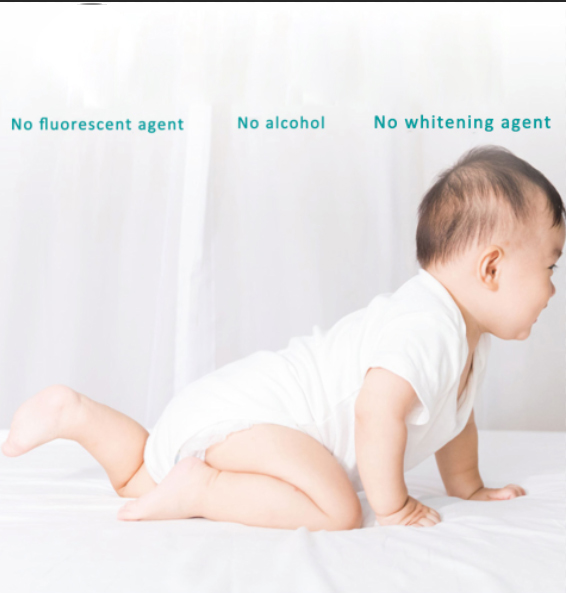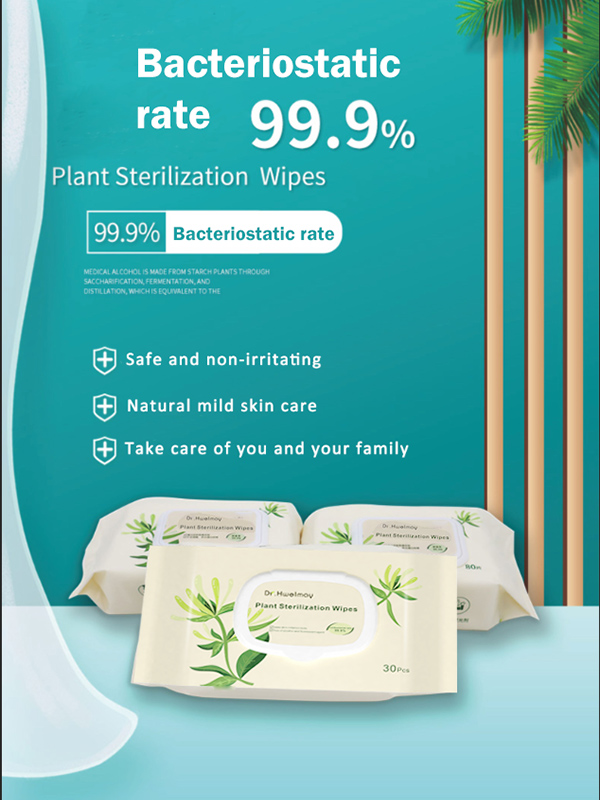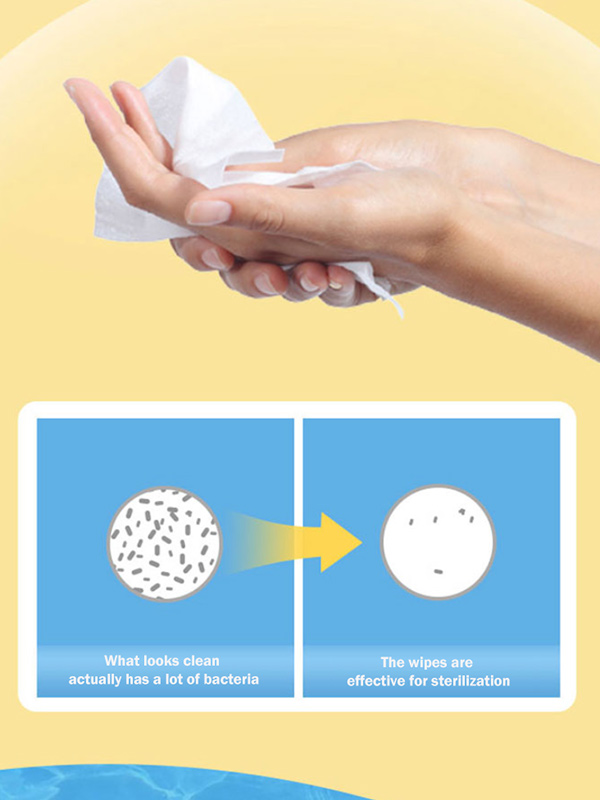Coronavirus Update: Visit Penn State University’s Virus Information website for the latest information about the university’s global coronavirus outbreak.

Ryan Aughenbaugh (left) and Kevin Behers in the employee office of the Physics Factory inspect and replace the air filter at the Steidle Building in University Park. As part of Pennsylvania State University’s COVID-19 response, thousands of indoor air filters within the university have been replaced with higher-level filters.
Pennsylvania State University Park — With the arrival of the fall semester, the Office of Physical Plants (OPP) at Pennsylvania State University has implemented an operational strategy focused on promoting healthy and safe cleaning and ventilation, while allowing the university to recover from the COVID-Fall semester 19 classroom abilities.
During the course of last year, OPP conducted a comprehensive inventory of all university facilities and upgraded the air filtration of thousands of indoor spaces by introducing higher-level filters.
In addition, according to school manager Erik Cagle, among the many measures taken, the university will continue to provide handwashing stations in public areas and disinfect wipes in classrooms in the coming semester. As more students return to campus, it is expected Will be used more. The head of custodial operations at Penn State University is responsible for overseeing the cleaning operations of the university.
“Understanding the spread of COVID-19 is critical to understanding the university’s response,” Kagle said. “Last year, we were very focused on disinfecting frequently touched surfaces and any areas that we can identify as heavy traffic, while ensuring that we use the correct disinfection products to fight the virus. This semester, people have learned more about the virus. CDC’s guidelines have also changed.”
According to the Centers for Disease Control and Prevention (CDC), the surface transmission of SARS-CoV-2 is not the main way for the virus to spread, and the risk is considered low, but Penn State University’s operations are still continuing to carry out a large number of preventive measures for cleaning. Current hosting services can be found on OPP’s website.
In addition, where feasible, OPP will continue to provide building ventilation that exceeds the minimum requirements of the code to follow the guidance of the CDC, the Pennsylvania Department of Health, and the American Society of Heating, Refrigerator, and Air-Conditioning Engineers (ASHRAE).
The CDC report stated that “to date, there is no definite evidence that live viruses have spread through the HVAC system, causing disease to spread to people in other spaces served by the same system”, but the university is still taking preventive measures.

“When we welcome students, faculty and staff back, they should know that we will not give up our promise to provide safe facilities.”
Andrew Gutberlet, Engineering Services Manager at Pennsylvania State University, worked with other OPP professionals to complete a six-month work to ensure that the building’s ventilation and HVAC systems are operating properly. Gutberlet said this task is more challenging than it sounds, because every building at Pennsylvania State University has a unique mechanical system associated with it, and no two buildings are the same. Each building at Penn State University is individually inspected to determine how to increase ventilation.
Gutberlet said: “Fresh air in the building is important to minimize the risk of spreading COVID.” “In order for fresh air to enter the building, we need to increase the ventilation rate as much as possible.”
As mentioned above, OPP has upgraded the air filtration of indoor facilities with higher MERV filters. MERV stands for the minimum efficiency report value, which measures the efficiency of the air filter to remove particles from the air. The MERV rating ranges from 1-20; the higher the number, the greater the percentage of contaminants blocked by the filter. Before the pandemic, most facilities at Pennsylvania State University used MERV 8 filtration, which is a common, effective, and cost-effective method; however, due to this situation, OPP based on ASHRAE’s recommendations to upgrade the system to MERV 13 filtration. ASHRAE sets recognized standards for ventilation system design and acceptable indoor air quality.
“In the past 20 years, engineers have been working to reduce building ventilation to reduce energy consumption and reduce greenhouse gas emissions,” Gutberlet said. “In response to the pandemic, we have worked hard to reverse this trend and bring in more fresh air, which requires universities to use more energy, but this is a trade-off for the health of the occupants in the building.”

Gutberlet said another solution for some buildings is to encourage residents to open more windows to increase air circulation when weather conditions are right outside. Penn State will continue to increase outdoor air flow until the Pennsylvania Department of Health provides new directions.
Penn State University Environmental Health and Safety Director Jim Crandall explained that the university has historically performed advanced disinfection in cleaning operations. During the pandemic, OPP is committed to following the development of the CDC and the Pennsylvania Department of Health guidelines. Modify the program.
“When it comes to the elements of the university’s response to COVID-19, our office has been involved in helping review guidance from the CDC, the Pennsylvania Department of Health, the extensive task force network of the university’s coronavirus management team, and COVID action. The control center helped identify supporting universities The right strategy for operations,” Crandall said.
Crandall said that as the fall semester approaches, the university will continue to follow ASHRAE’s building ventilation guidelines and CDC’s guidelines for cleaning and disinfection standards.
“Pennsylvania has made great efforts to increase the ventilation and cleanliness of the building to restore the full capacity of the campus,” Crandall said. “When we welcome students, faculty and staff back, they should know that we will not give up our promise to provide safe facilities.”
Post time: Aug-20-2021

